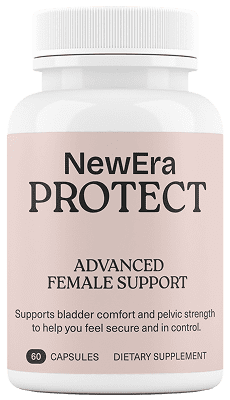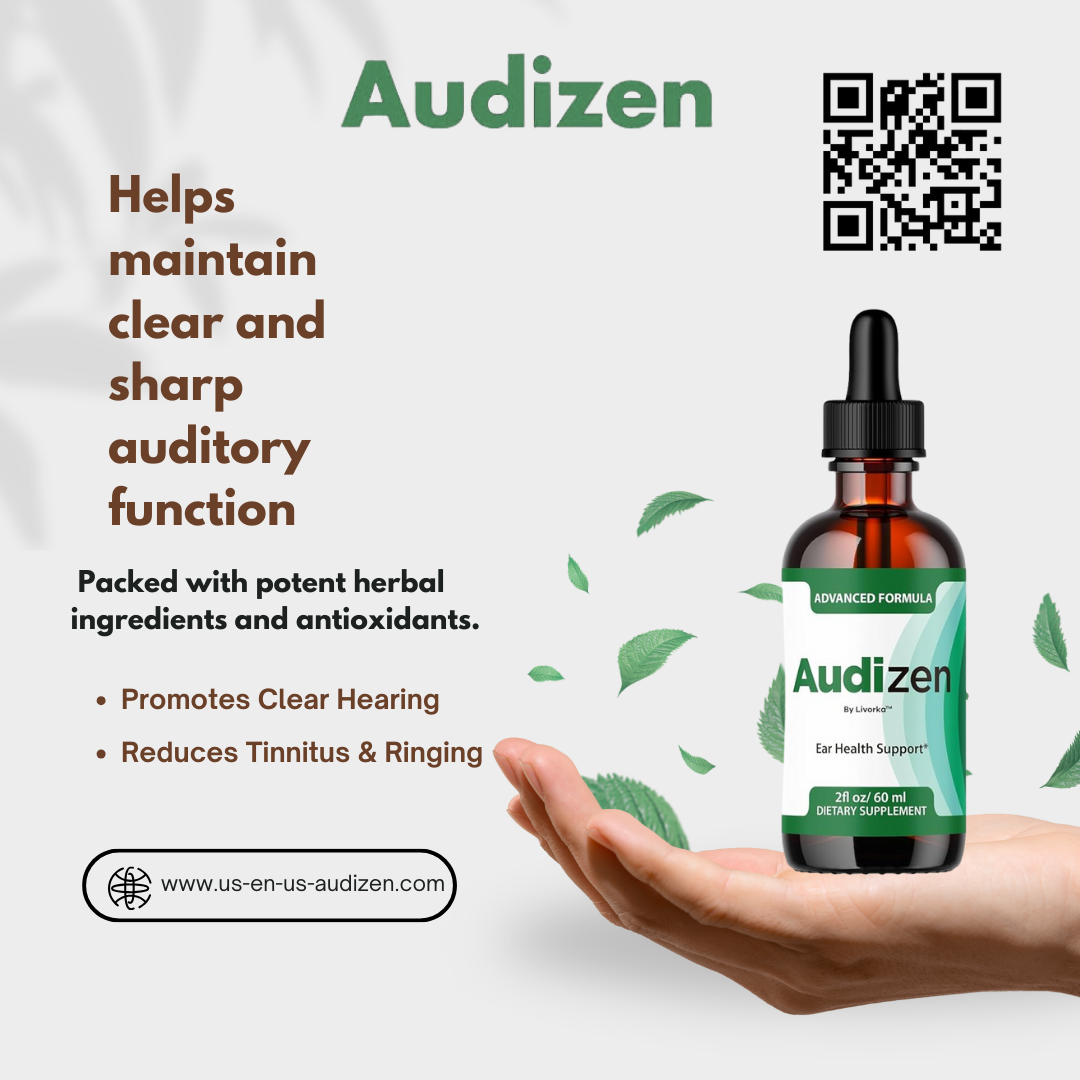Darkest season of our year has begun here in Finland leading us to Christmas and New Year 2026 at the same time
Sunrise is after 9am and sunset around 3pm. Giving us about 6 hours of daylight, which does not include actually seeing the sun even.
You see gray. Just as in my picture from today just around the sunset.
It’s gray. It’s rainy. It’s dull.
Even snow that was giving light to our environment - melted.
But anyhow tomorrow is 1st Advent meaning that Christmas season begins.
We will start to see more and more lights around, candles burning, decorations and scents of the season around us.
That will take away some of that heaviness we may feel due to this period of darkness.
Also, when the days are short without much sunshine our energies drop too. And often leading us to spend most of the time indoors.
This time can be challenging for many.
Anyhow, now I am asking from Finns or others of you with creative minds:
What would you do in order to make this dark and dull season more bearable?
And no, escape to Caribbean is not an option, even though it would solve this problem for some of us easily.
We cannot ALL relocate.
So now, what would you do to make it more bearable and fun?
With Love with Today’s Quizz,
Juudit
#heartwoman #heartteam #leadthroughlove #leadership #personaldevelopment #motivation #finland #slush #christmasseason #valutok
Sunrise is after 9am and sunset around 3pm. Giving us about 6 hours of daylight, which does not include actually seeing the sun even.
You see gray. Just as in my picture from today just around the sunset.
It’s gray. It’s rainy. It’s dull.
Even snow that was giving light to our environment - melted.
But anyhow tomorrow is 1st Advent meaning that Christmas season begins.
We will start to see more and more lights around, candles burning, decorations and scents of the season around us.
That will take away some of that heaviness we may feel due to this period of darkness.
Also, when the days are short without much sunshine our energies drop too. And often leading us to spend most of the time indoors.
This time can be challenging for many.
Anyhow, now I am asking from Finns or others of you with creative minds:
What would you do in order to make this dark and dull season more bearable?
And no, escape to Caribbean is not an option, even though it would solve this problem for some of us easily.
We cannot ALL relocate.
So now, what would you do to make it more bearable and fun?
With Love with Today’s Quizz,
Juudit
#heartwoman #heartteam #leadthroughlove #leadership #personaldevelopment #motivation #finland #slush #christmasseason #valutok
Darkest season of our year has begun here in Finland 🇫🇮 leading us to Christmas and New Year 2026 at the same time
Sunrise is after 9am and sunset around 3pm. Giving us about 6 hours of daylight, which does not include actually seeing the sun even.
You see gray. Just as in my picture from today just around the sunset.
It’s gray. It’s rainy. It’s dull.
Even snow that was giving light to our environment - melted.
But anyhow tomorrow is 1st Advent 🕯️ meaning that Christmas season begins.
We will start to see more and more lights around, candles burning, decorations and scents of the season around us.
That will take away some of that heaviness we may feel due to this period of darkness.
Also, when the days are short without much sunshine our energies drop too. And often leading us to spend most of the time indoors.
This time can be challenging for many.
Anyhow, now I am asking from Finns or others of you with creative minds:
What would you do in order to make this dark and dull season more bearable?
And no, escape to Caribbean is not an option, even though it would solve this problem for some of us easily. 😂
We cannot ALL relocate.
So now, what would you do to make it more bearable and fun?
With Love with Today’s Quizz,
Juudit ♥️
#heartwoman #heartteam #leadthroughlove #leadership #personaldevelopment #motivation #finland #slush #christmasseason #valutok












